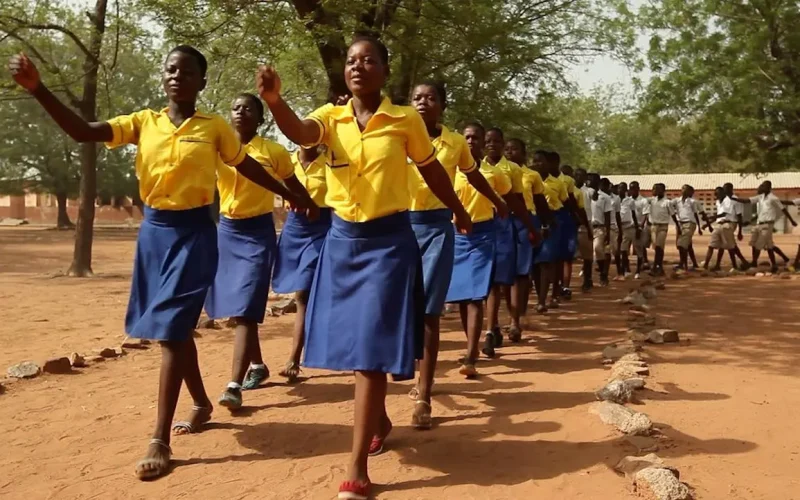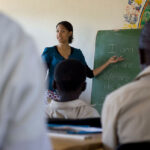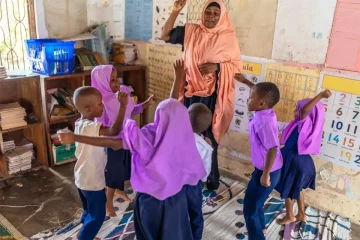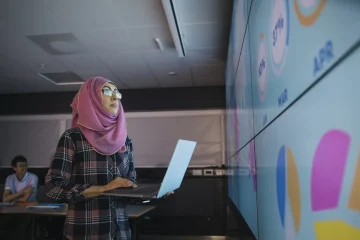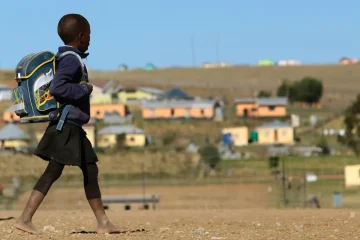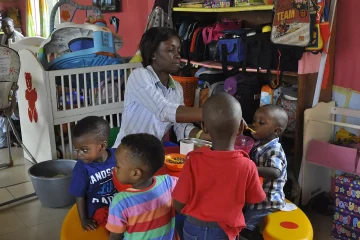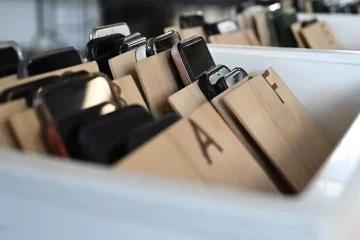EDUCATION drives economic growth and individual well-being. Secondary education, in particular, plays a crucial role. In recent decades, this recognition has encouraged several African countries to make secondary education free. One example is Ghana’s Free Public Senior High School (FreeSHS) policy, initiated in 2017.
The policy aimed to remove cost barriers to secondary education, including fees, textbooks, boarding and meals.
As scholars of public policy, we conducted research into the impact of the policy, particularly its effect on the number of girls completing secondary school. We emphasised the educational outcomes of girls because they are at a disadvantage when accessing higher education in Ghana. The enrolment and retention of girls in school decrease with each educational level.
Socio-culturally, if a family has limited resources, they tend to spend more on boys’ education than on girls’ education and this is reinforced by the belief that girls’ labour around the house is more valuable.
The results highlighted that the state’s absorption of education costs had served as a critical incentive for students to complete secondary education – and more so for girls.
Our paper is the first to quantitatively evaluate the policy’s impact on education outcomes. Also, by focusing on the policy’s impact on schoolgirls, our findings show how removing cost barriers to education significantly enhances the chances of girls in completing secondary education. This is important because aside from female education having individual benefits, “to educate girls is to reduce poverty”, as former UN secretary-general Kofi Annan said.
Our findings contribute to the call for greater schooling access for girls.
Weighing up the pros and cons
Ghana’s Free Public Senior High School policy arose from an election campaign promise made by President Nana Akufo-Addo during campaign trails in 2008, 2012 and 2016.
Between 2017 and 2021 the government spent GH¢5.12 billion (US$392 million) on implementing the policy.
There has been controversy. Critics have questioned the policy’s financial sustainability and raised concerns about deteriorating education quality, given the rising enrolment rates since the policy’s inception.
Still, public opinion remains largely favourable. According to the Afrobarometer survey in 2020, 23.5% agreed and 63.1% strongly agreed that it had created opportunities for those who otherwise would not have been able to afford secondary education.
What we found
Our study set out to estimate the impact of the policy on education attainment. We emphasised how it had affected, in particular, the completion rate of girls. We did this by estimating the change in secondary school completion rates without the policy (2013 to 2016) and with it (2017 to 2020).
These rates will have been influenced by a number of factors, not just free education. But they were the starting point of our nuanced analysis.
Because all students benefited from the policy from 2017 we couldn’t simply estimate its impact by looking at the completion rate of those who benefited and those who had not.
So we compared districts where more students took advantage of the policy. That is, where more students had previously been unable to afford schooling to districts where fewer did so. This helped us see if the change in completion rates between these groups was bigger after the policy started. Basically, it’s like comparing two gardens. Both get extra water (free schooling) and experience an increase in growth. However, one garden grew more than the other.
That difference in “gardens” (school districts) allowed us to estimate the impact of the “water” (the policy) on education completion.
We found that the policy positively affected the educational attainment of both girls and boys. For girls and boys together, the policy increased the completion of senior high school by 14.9 percentage points.
There was a 14 percentage point increase in the rate of girls completing senior high school after the new policy. We did not estimate the increase for boys but the combined rate shows it will be higher than 14 percentage points.
We also found that after the policy was in place, girls enrolled in secondary high school at rates equal to or exceeding those of boys across all regions. However, this has not yet translated into full gender parity in completion rates.
The short-term impact suggests that the policy alone does not erase all gendered constraints to education (for example, social and cultural), but it has contributed to reducing them.
We did not find evidence that the policy improved the quality of education. However, we found that quality was statistically insignificant in driving completion rates.
Reports of inadequate infrastructure and overcrowding hint at an unchanged and even declining quality of schooling.
Policy implications
Our findings have four policy implications. To maximise the benefits of increased enrolment and completion rates, Ghana must:
- Address education quality concerns: An increase in secondary high school completion rates should not be mistaken for quality. Quality must be enhanced to improve labour market competitiveness and long-term gains.
- Implement complementary policies: Increasing enrolment and completion rates will lead to a larger pool of educated youth. Labour market and tertiary education opportunities must be boosted to match the new demand.
- Develop interventions to address specific needs of deprived districts: Some regions, for instance, the northern and western regions, had among the lowest uptake rates for the free senior high school policy. There are underlying barriers to education in these regions other than fees. Lessons from Uganda have shown that, despite universal fee-free secondary education, the probability of enrolling in secondary education was reduced by greater distance to the nearest school, especially in rural compared to urban areas.
- Make FreeSHS a targeted intervention rather than universal: The government must do more to systematically identify those who cannot pay and make secondary education free for them. The policy can also be used to provide incentives for the uptake of technical and vocational education and training. This can yield savings, generate resources for quality education investments and increase employment opportunities.
This article and the research it is based upon was led by Alicia Stenzel (Education Policy Advisor at GIZ).
VICTOR OSEI KWADWO, Lecturer, Maastricht University (UNU-MERIT), United Nations University
and
ROSE VINCENT, Assistant Professor, Utrecht University
- This article is republished from The Conversation under a Creative Commons license. Read the original article.

